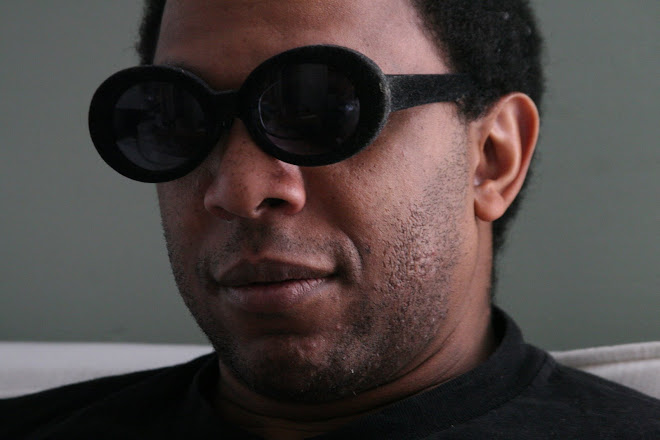Erving Goffman was very interested in society and how people perform in that society. Goffman's approach to the study of social interaction is often called dramaturgical, meaning that he viewed social life as something like a staged drama (Charon, 191). We are always on stage according to Goffman and consequently, that causes us to be performers. Our performances are labeled as "fronts" - the part of the individual's performance which regularly functions in a general and fixed fashion to define the situation for those who observe the performance (Goffman, 22). What I think Goffman was trying to say, was that we have and use "masks" (fronts) in our everyday lives; masks that intentionally deceive the audience from the performers true identity. Fronts can also be assumed roles that society has given to the performer with out a choice or say in the matter. Goffman also acknowledges that there are two stages that we perform on . . . a front stage and back stage. It is "fronts" that separate the front from the back stage. A way to help explain Goffman's theory on what the front stage and back stage mean in our society would be to categorize them, therefore better understanding them. I believe Goffman would say the front stage is not our true self, but merely an actor using a front. In the back stage, we are closer to our truer self, not having a front by choice or socially enforced. This would be similar to MTV's the real world.
We are social creatures and as a result we crave social interaction. Goffman has been hailed a very important model in studying symbolic interactionism and that is why I am focusing on two main characteristics of his (Charon, 191). The first I have already mentioned in the above writings (drama), the second deals with ritual. For Goffman, apparently empty gestures, like quickly glancing away from those we do not know, are interpersonal rituals (Charon, 200). Another good example of interpersonal rituals would the Shetland Isle example from Goffman's "The Presentation of Self in Everyday Life". Often in a small community people drop by to socialize and carry out any other from of business in which called for. Because of the size of the community, Goffman quickly observed how the Islanders would ordinarily wear at least a hint of an expectant warm smile. What I find interesting is how, when a visitor would come to visit, while walking toward the house in which they would soon enter, the visitor would drop whatever expression he was manifesting and replace it with a sociable one just before reaching the door (Goffman, 8). There are two types of interpersonal rituals - positive and negative (Charon, 200). An example of a negative interpersonal ritual would be actively avoiding anther's space where as a positive ritual would be, perhaps, meeting a friend on the street and embracing each other.

No comments:
Post a Comment